How long do allergies last in spring. How to Prepare for Spring Allergies Now: A Comprehensive Guide
How long do spring allergies last? Discover the best ways to prepare for and manage spring allergies, including medication, cleaning tips, and tracking pollen levels.
Understanding Spring Allergies
Spring allergies are a common occurrence, typically caused by the release of pollen from trees, grasses, and other plants. As temperatures rise above 50 degrees Fahrenheit, the onset of spring triggers these plants to bloom and release their pollen into the air. Individuals with seasonal allergies often start experiencing symptoms in early March, with the peak of the spring allergy season lasting through May.
The root cause of allergies is an overactive immune system that mistakenly identifies harmless substances, such as pollen, as threats. The body then produces antibodies called immunoglobulin E (IgE), which in turn release histamine and other chemicals, leading to the familiar allergy symptoms.
Symptoms of Spring Allergies
The most common spring allergy symptoms include:

- Sinus congestion
- Runny nose
- Post-nasal drip
- Sneezing
- Coughing
- Itchy or watery eyes
Identifying the specific allergens causing your symptoms is the first step towards finding relief. Once you know what you’re allergic to, you can better prepare and manage your symptoms.
Why Start Preparing Now?
The key to effectively managing spring allergies is to start preparing before the pollen counts start to rise. By taking proactive steps, you can prevent or significantly reduce your allergy symptoms throughout the season.
6 Ways to Prepare for Spring Allergies
1. Start Treatment Early
Begin taking allergy medication, such as over-the-counter antihistamines or nasal steroid sprays, about two weeks before you typically start experiencing symptoms. This can help prevent inflammation and ease your allergy symptoms before they even start. If you’re looking for a more long-term solution, consider immunotherapy (allergy shots), which can desensitize you to the allergens that are causing your issues.

2. Get a Head Start on Spring Cleaning
Thoroughly cleaning your home can help remove dust and pollen that has accumulated over the winter months. Dust light fixtures, bookshelves, and other surfaces, wash curtains, sweep floors and rugs, and vacuum furniture. When working outside, wear a NIOSH 95 mask to reduce the inhalation of allergens, and be sure to change your clothes and shower after to prevent tracking pollen into your home.
3. Track Pollen Levels
Tree and grass pollen are the primary culprits during the spring allergy season. Visit your local pollen count webpage to stay informed about the daily pollen levels in your area. Use this information to plan your activities accordingly, avoiding being outside during peak pollen hours on high-count days.
4. Keep Windows Closed
While it may be tempting to open windows and let in the fresh spring air, this can also allow pollen to enter your home. Keep windows and doors closed to create a safe, pollen-free environment. The same goes for your car – keep the windows up and the air conditioning on recirculation mode to prevent pollen from getting inside.

5. Replace Air Filters
Changing your air filters regularly, ideally every 3 months or with the changing of the seasons, can help improve the air quality in your home and reduce the amount of pollen circulating indoors. Consider using other environmental control products, such as zippered pillowcases and mattress encasements, to further reduce dust mites and allergens.
6. Try Natural Remedies
In addition to over-the-counter medications, there are some natural remedies that may provide relief for spring allergy symptoms. These include using a saline nasal spray, consuming local honey, and trying supplements like quercetin or butterbur. Always consult with your healthcare provider before trying any new treatments.
Preparing for Spring Allergies
By taking proactive steps now, you can better manage your spring allergies and enjoy the warmer weather without the discomfort of allergy symptoms. Remember to start your treatment early, keep your living spaces clean, track pollen levels, and consider natural remedies in addition to traditional medications. With the right preparation, you can make the most of the spring season.

How to Prepare for Spring Allergies Now
During the late winter, weather throughout Kentucky and Indiana change daily. Giving a signal that the seasonal allergy season is upon us. As temperatures reach above 50 degrees, plants begin to bloom and release pollen into the air. Those with seasonal spring allergies will usually start to see symptoms in early March and last through May. It’s important to start preparing for allergies now before pollen reaches peak spring allergy levels.
What are Spring Allergies?
Those with allergies in the spring are typically allergic to pollen that begins to appear in the air. We started seeing tree pollen, one of spring’s main offenders, back in the early weeks of February. In the latter part of the season, we will begin to see grass pollen, and the combination can make the spring a miserable time for allergy sufferers.
While the exact cause of allergies is not known, an allergy occurs when your immune system produces antibodies when exposed to harmless foreign matter. Your immune system is mistaking allergens like pollen and dander for dangerous substances and fighting off them off with the “immunoglobulin E” or IgE antibodies. These produce histamine that can cause the allergic reaction and the telltale symptoms of allergies.
Your immune system is mistaking allergens like pollen and dander for dangerous substances and fighting off them off with the “immunoglobulin E” or IgE antibodies. These produce histamine that can cause the allergic reaction and the telltale symptoms of allergies.
Symptoms of Spring Allergies:
Spring allergy symptoms are typical of respiratory allergies, these include:
- Sinus Congestion
- Runny Nose
- Post-Nasal Drip
- Sneezing
- Coughing
- Itchy or Watery Eyes
Determining what is causing your symptoms is the first step towards relief, in the case of spring allergies there are several things you can do to help ease your symptoms. The seasonal allergy season can be difficult to navigate.
Why Should You Start Preparing Now?
You don’t have to wait until you are suffering to do something about your allergies. Whether you make an appointment with an allergist or start taking medication, it’s important to get ahead of the pollen.:max_bytes(150000):strip_icc()/austin-average-monthly-temperatures-255108-final-542fdeab0c424710b8890603dd478c4f.png) Preparing now can help ease your symptoms throughout the season. If you’ve never been allergy tested now is a great time to do it. Learn what you are allergic to and how to treat it before your symptoms get worse.
Preparing now can help ease your symptoms throughout the season. If you’ve never been allergy tested now is a great time to do it. Learn what you are allergic to and how to treat it before your symptoms get worse.
6 Ways You Can Prepare for Spring Allergies:
1. Start Treatment
Start taking medication around two weeks before you typically start to feel your allergy symptoms. Over-the-counter antihistamines and nasal steroid sprays can help manage your symptoms by reducing your allergic reaction after it starts but also before. Antihistamines reduce or block histamines that cause your allergy symptoms. Pretreating with allergy medication before symptoms begin can help prevent inflammation and help ease your stuffy nose, itchy, watery eyes and other allergy symptoms.
If you are looking to treat more than your symptoms, immunotherapy (allergy shots) can desensitize you to the allergens that are bothersome to you. A traditional allergy shot program typically takes a few months before patients experience symptom relief, however; Rush or Cluster immunotherapy can reduce relief time to weeks or even days.
2. Get Your Spring Cleaning Started Early
Sweep out the winter cobwebs and get ahead on your spring cleaning. A deep spring clean includes dusting everything from the light fixtures to the bookcases, washing curtains, sweeping floors and rugs, even vacuuming furniture. This will remove any dust and pollen that has already made its way inside.
If you are out sprucing up the yard, wear a NIOSH 95 mask to reduce the inhalation of allergens. When you are done for the day, be sure to change your clothes and shower. Pollen can stick to your clothes and hair, making it easy to track pollen spores throughout your home.
3. Begin Tracking the Pollen Levels
Tree and grass pollen are the main allergy culprits in the spring. Visit our pollen count webpage to find local pollen counts. Tracking the days when your allergies are worse can help you plan accordingly. Stay inside during the midmorning and early evening to avoid peak pollen hours on days in which the pollen count is high.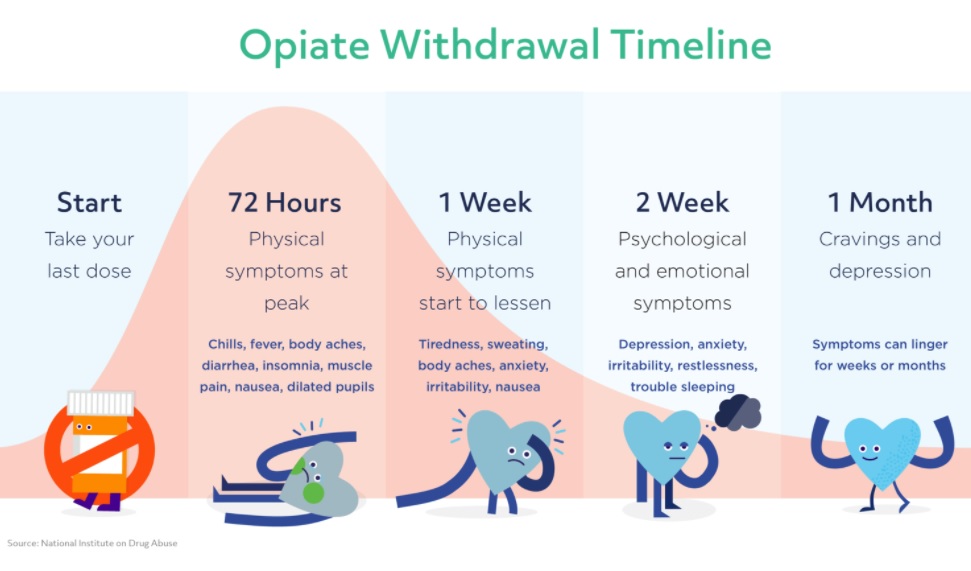
4. It’s Tempting… But Keep Your Windows Closed
When the weather is finally warm outside, it is tempting to turn off the heat, open windows, and let the fresh air in. This fresh breeze might feel nice, but it will also bring the pollen inside your home. Keeping your windows and doors closed will create a safe retreat during the peak pollen season.
Another place to control pollen is in your car. Keep your car windows closed and the AC on re-circulation to help keep pollen out of the car.
5. Don’t Forget to Change Your Air Filter
As we often suggest, it is best to change your air filter seasonally, or every 3 months, this helps keep the air inside your home clean. Consider other environmental control products as well, both zippered pillowcases and mattress encasements can help reduce dust mites and even have shown to help with pet allergies.
6. Mold in the Spring
Tree and grass pollen are not the only spring allergens; mold can often occur in basements, bathrooms, and kitchens. Any area that might not dry properly can grow mold, check under the sink and even the doormat for mold spores. Clean or remove anything with mold you find in your home and monitor humidity levels to ensure the humidity is below 50%; otherwise, mold could return.
Any area that might not dry properly can grow mold, check under the sink and even the doormat for mold spores. Clean or remove anything with mold you find in your home and monitor humidity levels to ensure the humidity is below 50%; otherwise, mold could return.
Keep your allergies under control by preparing now while pollen counts are low. If over-the-counter medications are not helping you, talk to your primary care physician or schedule an appointment with one of our board-certified allergists to find relief.
Seasonal Allergies: A Month-by-Month Guide
ENT & Allergy Specialists of Northwest Ohio
Seasonal allergies often get lumped into one category. However, each season has its own unique allergens. Follow the guide below to see which months you can expect to see a flare up of which allergens.
Spring: February – May
For spring allergy sufferers, the joys of warmer weather, birds chirping and flowers blooming come at a price. Bothersome nose and eye symptoms, breathing difficulties and skin allergies can set in as trees begin to pollinate. Tree pollen season occurs between February and May in Ohio. Season length and timing varies each year depending on weather. In 2019 for example, due to a long, harsh winter, trees did not begin pollinating until March. Because pollen is microscopic, we cannot see it in the air and often do not know when the season has started until symptoms begin.
Bothersome nose and eye symptoms, breathing difficulties and skin allergies can set in as trees begin to pollinate. Tree pollen season occurs between February and May in Ohio. Season length and timing varies each year depending on weather. In 2019 for example, due to a long, harsh winter, trees did not begin pollinating until March. Because pollen is microscopic, we cannot see it in the air and often do not know when the season has started until symptoms begin.
A common myth regarding spring allergies is that because symptoms often start in correlation with blooming flowers, the flower pollens contribute to the problem. Our allergies are due to plants that spread pollen by wind (anemophilous plants), which is how the pollen enters our eyes, noses, mouths or skin. These plants are not showy or eye-catching because they do not need to be. The plants we typically notice are usually flowering plants that are pretty for the purpose of catching the attention of pollinators like bees and other insects. These plant pollens are spread from plant to plant by the insects that visit them (entomophilous plants). For this reason, most of our pollen exposure is due to pollen in the air outdoors, and thus our allergies are to wind-pollinated plants.
These plant pollens are spread from plant to plant by the insects that visit them (entomophilous plants). For this reason, most of our pollen exposure is due to pollen in the air outdoors, and thus our allergies are to wind-pollinated plants.
Many trees are primarily pollinated by wind, and tree pollens are the main springtime allergen. Mold spores also contribute to spring allergies but are most bothersome in the fall. Common trees in the northwest Ohio region that contribute to allergy symptoms include oak, cottonwood, birch, maple, sycamore, ash, elm, hickory, walnut, beech and mulberry. There is limited cross-reactivity between tree pollens. This means that while some trees are related and pollens are somewhat similar, many tree pollens have unique features that prevent the ability to create a single treatment for tree pollen allergy. Allergists are specially trained physicians who can test patients to multiple different tree pollens and treat each patient uniquely for their specific tree pollen allergies.
Summer: May – June
Late spring and early summer allergies mainly involve grass pollen. In the allergy world, we often think of Memorial Day as a reminder of peak grass pollen season. Northern pasture grasses like June/Kentucky Blue, Timothy, Orchard and Rye are commonly grown in the Midwest. They begin pollinating in May, peak toward the end of the month and carry through the first few weeks of June.
July Hiatus
Even allergies take a vacation. Hot, dry July weather tends to give a short reprieve for pan-pollen allergic patients (those allergic to tree, grass and weed pollens). Trees and grasses are no longer pollinating. Without rain, mold spore counts are often low and fall plants have not yet begun the pollination process.
Fall: August – November
Back-to-school time often marks the onset of weed pollination and resurgence of allergy symptoms. The term “hay fever” is often used to describe these symptoms and is derived from the “illness” that farmers used to obtain when harvesting hay in the fall. With the discovery of pollen allergies, it was recognized that fall symptoms were due to ragweed pollen rather than due to hay exposure. August 15 is endearingly referred to amongst allergists as the start of ragweed season. Other common weed plants that produce pollen allergens include English plantain, lamb’s quarter, pigweed, Russian thistle, yellow dock, sorrel, firebush, cocklebur and marsh elder.
With the discovery of pollen allergies, it was recognized that fall symptoms were due to ragweed pollen rather than due to hay exposure. August 15 is endearingly referred to amongst allergists as the start of ragweed season. Other common weed plants that produce pollen allergens include English plantain, lamb’s quarter, pigweed, Russian thistle, yellow dock, sorrel, firebush, cocklebur and marsh elder.
Mold spore counts tend to rise dramatically in the fall with falling leaves and dying plants. Molds thrive in the decomposing plant matter and their spores float into the air. Gardening in mulch or dirt, farming or hiking in the woods can also increase exposures to mold spores this time of year.
Winter: December – January
While this article primarily focuses on pollen season, the only “seasonal” allergen we encounter during winter in the Midwest is mold. Mold grows best above freezing temperatures and when it is damp, such as after rainfall. During warm periods of winter, mold spore counts can temporarily spike, which can be confusing for mold allergic patients that may not be expecting an allergy flare during winter months.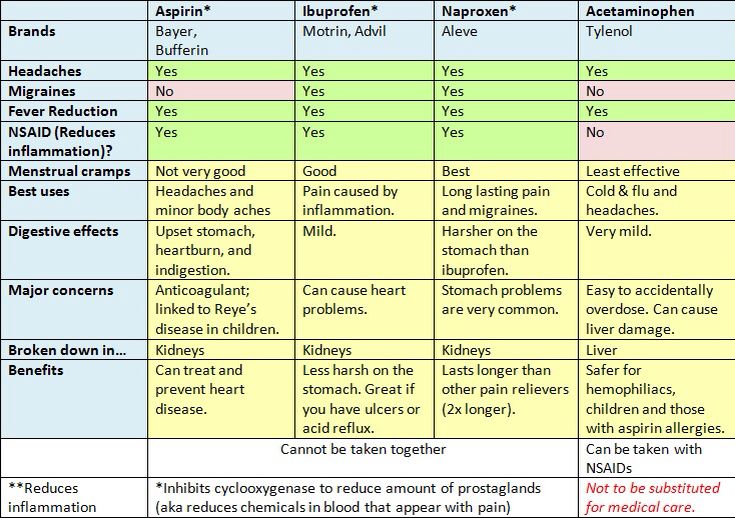
For seasonal allergy sufferers, it is important to meet with a board-certified allergist to identify which allergens are most bothersome and to allow for more focused attention on avoidance measures and treatment options.
How to alleviate allergies in spring – Healthcare Institution of Higher Education “Vologda City Polyclinic No. 1”
For many people, sunny spring days are marred by sneezing, coughing, redness of the eyes and runny nose. 40% of the adult population suffers from seasonal allergies, and the peak of exacerbations occurs precisely in the spring. A surge in incidence is observed in late April and early May, it is at this time that trees and shrubs begin to bloom.
Spring allergy can be triggered not only by plant pollen, but also by malnutrition, weakened immunity, low stress resistance of the body.
How to recognize seasonal allergies
Allergies
is the body’s response to stimuli. On hit
allergens in the body, the main task of the immune system is to destroy
antigens, and she begins to fight them intensely, as a result
the protein histamine is produced, which is the culprit of all
unpleasant allergy symptoms.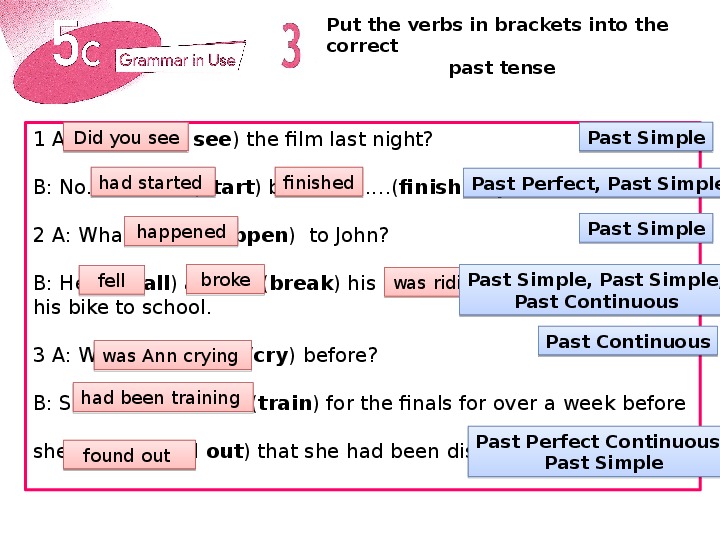
The main allergens are chemicals, drugs, herbs, foods, dust, lint, mold and pollen. Depending on the type of antigen, different symptoms appear and individual treatment is selected.
Symptoms of spring allergy (hay fever) appear suddenly and persist for a long time until the flowering of plants ends. Often the signs of pollinosis are confused with the manifestations of the common cold and the wrong treatment is started, which exacerbates the problem.
The characteristic symptoms of seasonal allergies are conjunctivitis, tearing, nasal congestion and swelling, and sore throat. In some cases, the skin becomes dry and flaky, skin rashes may occur, accompanied by itching and redness.
Sometimes
there are symptoms of general intoxication of the body – weakness,
dizziness, fatigue, nausea, sweating. The appearance of dry
coughing may be accompanied by attacks of bronchial asthma.
In order not to confuse allergies with colds, remember that allergic reactions are not accompanied by fever. Respiratory diseases disappear after 7-10 days, and with pollinosis, the symptoms persist for a month. In any case, you should immediately consult a doctor and begin competent treatment.
Respiratory diseases disappear after 7-10 days, and with pollinosis, the symptoms persist for a month. In any case, you should immediately consult a doctor and begin competent treatment.
How to relieve spring allergies
Any therapy begins with an accurate diagnosis. To do this, the patient needs to donate blood for a laboratory test, which will confirm the presence of antibodies in the blood. Skin tests are considered the most effective diagnostic method, which help to quickly identify the allergen and choose the optimal treatment.
Avoid exposure to allergens
The most effective way to manage allergies is to avoid exposure to allergens. This method helps a lot in cases of allergies to household chemicals, animal hair, sometimes you just need to exclude some product from the diet. But in the case of an allergy to flowering, it will not be possible to completely avoid contact with the allergen.
Medical treatment
Reception
antihistamine drugs are the most common way
combat seasonal allergies. These drugs really help
These drugs really help
symptoms, but it is important to understand that they do not cure allergies, but only temporarily
improve well-being. In addition, all drugs have their own
contraindications and side effects, so take them without prescription
doctor is unsafe for health.
In most cases, a person starts taking antihistamines when they begin to be very bothered by unpleasant symptoms. But doctors recommend starting treatment 2-3 weeks before the start of violent flowering of plants. In addition, the body of an allergic person very quickly gets used to a particular drug, so the medications used must be changed periodically.
Compliance with a hypoallergenic diet
During an exacerbation of the disease, the diet should be light food with a predominance of hypoallergenic vegetables and fruits. It is advisable to give up honey, nuts, citrus fruits, chocolate, sweet carbonated drinks from red and orange vegetables and fruits. Also, do not get carried away with exotic products./bipolar-disorder-how-often-do-people-cycle-3788142-c4da3009853b4ee888457dee0727e260.png) Add grains and dairy products to your diet. Proper balanced nutrition will help in the fight against hay fever and strengthen the immune system.
Add grains and dairy products to your diet. Proper balanced nutrition will help in the fight against hay fever and strengthen the immune system.
How to alleviate allergy symptoms yourself
During an exacerbation of the disease, follow simple rules:
- Try to go outside as little as possible during the dusting of plants, walk in calm weather, preferably late in the evening.
- When walking, it is advisable to cover the skin and hair as much as possible. Wear sunglasses, wide-brimmed hats, sleeved clothing.
- Do not open windows during the flowering period, and do not dry clothes in the open air – pollen can easily get on them.
- After returning from the street, you should immediately wash your face. Try to wash your hands as often as possible and take a shower (preferably a contrast one).
- During exacerbations of the disease, it is not recommended to use any cosmetics and perfumes. Give up alcohol and do not use decoctions and infusions of medicinal herbs.

- Pets are carriers of allergens. Therefore, during the flowering period of plants, they need to be bathed and combed more often.
- Wet clean every day and install humidifiers in your home.
It is worth remembering that an allergic predisposition persists throughout a person’s life. Therefore, allergy sufferers need to take care of their health in advance.
Spring and summer allergies
As soon as the sun begins to warm up and the snow melts, the soil, last year’s foliage and withered grass are exposed. This is a very good breeding ground for various fungi – mold, yeast, aspergillus. The spring wind carries microscopic fungal spores that can cause allergy symptoms. The time of occurrence of this type of allergy – fungal – is from the beginning of snow melting (usually March in our lane) until the end of May – June.
Another allergen associated with snow melting, evaporation of moisture from roads and sidewalks is anti-icing agents. The reaction to chemicals can continue throughout the snowmelt period.
The reaction to chemicals can continue throughout the snowmelt period.
However, the most famous and, according to statistics, the most common type of spring-summer allergy is pollinosis (hay fever) – a reaction to the pollen of flowering trees and grasses. From about mid-March to the end of April, there is dusting of early-flowering trees – alder, hazel, hornbeam, maple, ash, willow, willow. From mid-April to the end of May – dusting of late-flowering trees – birch, oak, elm, pine, spruce, poplar. From mid-May to the end of June, some herbs bloom, the pollen of which also causes allergy symptoms – coltsfoot, dandelion.
In the summer, the most common cause of allergies is the pollen of cereals and weeds. In June-July, there is a reaction to the flowering of cereals – timothy, rye, corn, wheat, couch grass, foxtail, fescue, hedgehog, bluegrass. From July to autumn, weeds bloom – wormwood, quinoa, nettle, plantain.
What are the symptoms of an allergy?
All the types of allergens listed above belong to the group of aeroallergens and cause a reaction in the respiratory tract.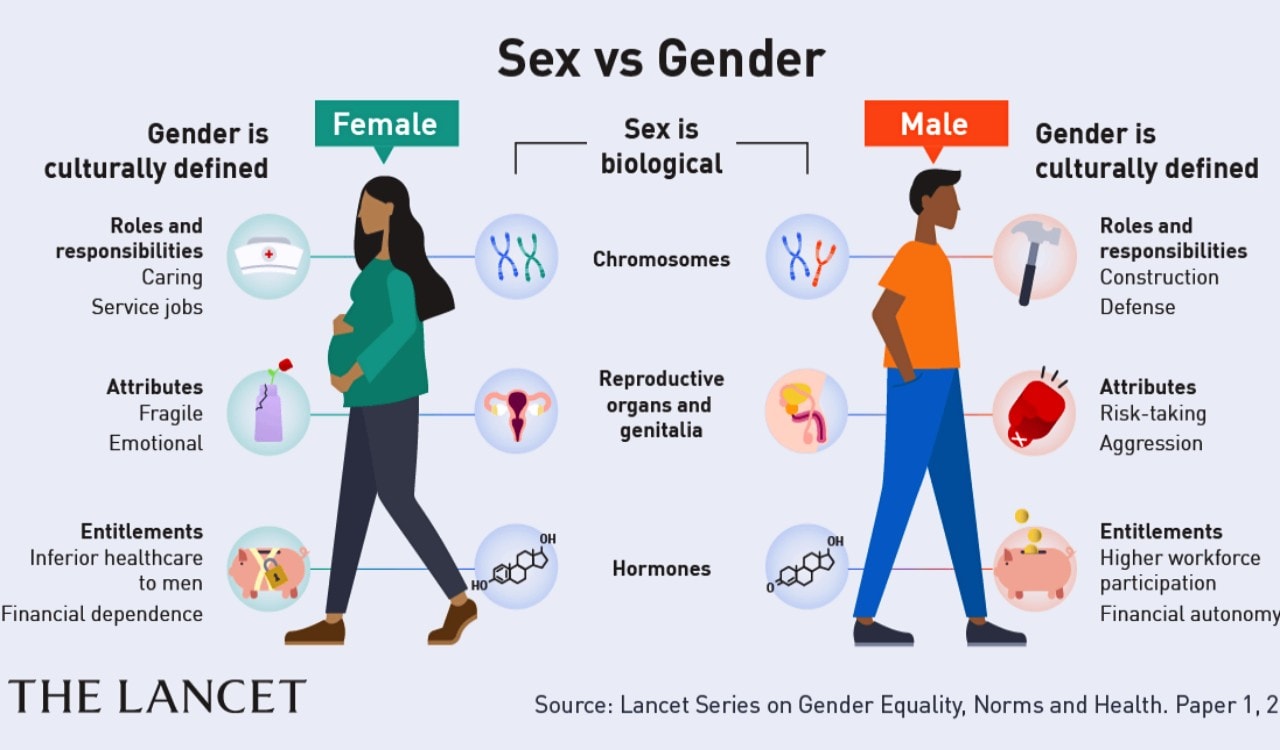 The most common symptoms of rhinitis are: itchy nose, sneezing, nasal congestion, runny nose. Often associated with redness of the eyes, lacrimation, photophobia. If you do not take any medications for allergies, the symptoms may become more severe: sore throat, cough, hoarseness, manifestations of bronchial obstruction (asthma).
The most common symptoms of rhinitis are: itchy nose, sneezing, nasal congestion, runny nose. Often associated with redness of the eyes, lacrimation, photophobia. If you do not take any medications for allergies, the symptoms may become more severe: sore throat, cough, hoarseness, manifestations of bronchial obstruction (asthma).
Less commonly, atopic dermatitis, urticaria, or Quincke’s edema is observed upon contact with aeroallergens.
Cross allergy – what is it?
There are foods whose allergens are similar in origin and composition to tree, grass, and fungal allergens. When using these products, a reaction similar to an allergy to plant pollen is often observed – conjunctivitis, sore throat and cough, sneezing, nasal congestion. Allergies can be observed both during the flowering season and all year round. It happens that the reaction to cross products is even stronger than to the causative plant. Therefore, during flowering, it is recommended to follow a diet with the exclusion of cross-products so as not to aggravate pollen allergy.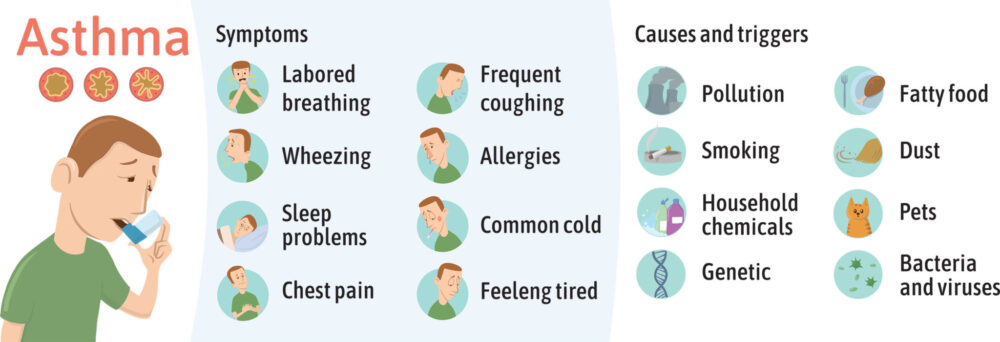 However, some people need such a diet outside of the flowering season.
However, some people need such a diet outside of the flowering season.
If you are allergic to birch and related plants (aspen, alder, oak, beech, hornbeam, maple, ash, hazel), apples, pears, nuts, kiwi, carrots, celery, parsley, honey and stone fruits and vegetables (cherry, plum, prunes, peach, apricot, cherry, avocado, etc.).
Allergy sufferers who react to cereal pollen should exclude bakery products and all flour products, kvass, beer, soy products, meat products with fillers.
If you are allergic to weed plants, seeds, halva, sunflower and corn oils, melon, watermelon, celery, herbal preparations are excluded from the diet.
With a fungal allergy, sour-milk products, moldy cheeses, kvass, sourdough are excluded.
How to diagnose allergies?
If you suspect an allergy, you should definitely visit an allergist. He will conduct a conversation, ask the necessary questions to understand which group of allergens causes a reaction.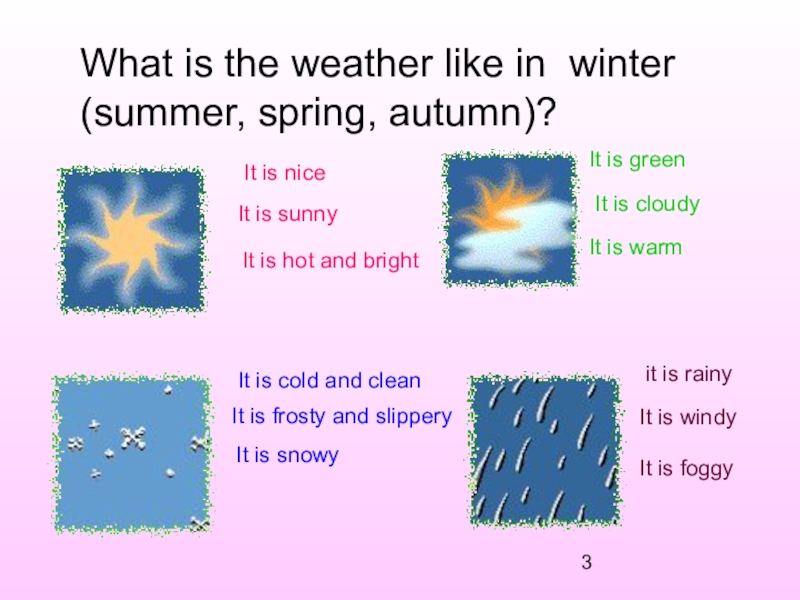 Then the doctor conducts an allergy diagnosis. It is a skin test with microdoses of allergens. In this case, the result is visible immediately after the examination. An allergist may also prescribe a blood test for allergens. Sometimes allergy diagnostics includes both methods.
Then the doctor conducts an allergy diagnosis. It is a skin test with microdoses of allergens. In this case, the result is visible immediately after the examination. An allergist may also prescribe a blood test for allergens. Sometimes allergy diagnostics includes both methods.
What to do with the development of spring-summer allergies?
The best way to treat allergies is to avoid contact with the allergen. Therefore, one of the options for dealing with a spring illness is to leave for another lane, somewhere there are no such plants, or the causative plant has already faded.
However, often there is simply no way to leave. What to do then? Firstly, a visit to an allergist is necessary to conduct an allergic diagnosis and establish the causative allergen. In addition, the allergist will prescribe the necessary treatment to relieve symptoms, as well as give recommendations on diet, hygiene and walking during the flowering period.
To reduce contact with allergens, it is recommended to use barrier products: masks, nasal filters, barrier sprays. Windows and vents in the house should be closed to avoid allergens. Active walks are best done in calm weather after rain. When you come home from the street, you must definitely take off your outer clothing, wash your hands and face, rinse your mouth, rinse your nose with boiled water.
Windows and vents in the house should be closed to avoid allergens. Active walks are best done in calm weather after rain. When you come home from the street, you must definitely take off your outer clothing, wash your hands and face, rinse your mouth, rinse your nose with boiled water.
The most effective method of dealing with pollen allergy is Allergen-Specific Immunotherapy (ASIT). The method is the introduction of low doses of a causative allergen into the body of an allergic person. The immune system “gets used” to it and the reaction to the flowering plant decreases or disappears altogether. The allergen can be injected into the body subcutaneously or sublingually (under the tongue). Such treatment begins 3-4 months before the start of dusting of the causative plant. ASIT is carried out for children from the age of 5. Before prescribing such treatment, an allergist must conduct an allergodiagnosis to identify the leading allergen.
Self-diagnosis and self-treatment of allergic manifestations are in no case unacceptable.

